Introduction:
Corrosion resistance plays a vital role in the durability and lifespan of pipeline systems, especially in environments with high levels of corrosive substances. PPR (Polypropylene Random Copolymer) pipeline systems are highly esteemed for their outstanding corrosion resistance, making them well-suited for diverse applications. This article aims to delve into the corrosion resistance of PPR pipeline systems and elucidate how it contributes to their long-term reliability and performance in challenging environments.
The Composition and Structure of PPR Pipeline
1.1 Material Composition of PPR PPR pipeline systems consist of Polypropylene Random Copolymer (PPR), a thermoplastic renowned for its exceptional chemical resistance and durability. The molecular composition of PPR provides innate corrosion resistance, making it impervious to most corrosive substances encountered in various environments.
1.2 Smooth Internal Surface The smooth internal surface of PPR pipes is a crucial factor in their corrosion resistance. Unlike metal pipes, which can develop rough surfaces prone to corrosion and scale buildup, PPR pipes maintain a consistently smooth bore. This smooth surface minimizes frictional resistance and inhibits the accumulation of sediments, contaminants, and corrosive agents.
1.3 Homogeneous Structure PPR pipes have a uniform composition across their entire cross-section, ensuring consistent material properties and corrosion resistance throughout. This eliminates weak points or seams vulnerable to corrosion, ensuring long-term reliability, especially in corrosive environments.
Corrosion Resistance in Challenging Environments
2.1 Resistance to Chemical Corrosion PPR pipeline systems exhibit remarkable resistance to various chemical substances, such as acids, alkalis, solvents, and industrial chemicals. The molecular structure of PPR inherently resists chemical attack, preserving the integrity of the pipeline system under aggressive conditions.
2.2 Protection Against Electrochemical Corrosion Electrochemical corrosion, also called galvanic corrosion, arises when dissimilar metals meet in the presence of an electrolyte, accelerating the corrosion of the less noble metal. PPR pipes, being non-metallic, are impervious to electrochemical corrosion. This characteristic offers additional protection against galvanic corrosion in piping systems that combine different materials.
2.3 Resistance to Biological Growth PPR pipeline systems also resist biological growth, including bacteria, fungi, and algae. The smooth internal surface of PPR pipes inhibits microbial adhesion and proliferation, ensuring hygienic fluid conveyance and reducing the risk of biofilm formation, odors, and contamination.
Maintenance and Preservation of Corrosion Resistance
3.1 Routine Inspection and Cleaning While PPR pipeline systems require minimal maintenance compared to metal pipes, regular inspection and cleaning are essential for preserving their corrosion resistance and performance. Periodically inspect the pipeline for signs of damage, degradation, or corrosion. Clean the internal surfaces using mild detergents and non-abrasive cleaning tools to remove any accumulated debris or contaminants. This helps maintain optimal performance and prolong the lifespan of the pipeline system.
3.2 Proper Installation and Handling Proper installation practices are crucial for maintaining the corrosion resistance of PPR pipeline systems. Ensure that pipes are installed according to manufacturer specifications, using compatible fittings, adhesives, and joining techniques. Handle PPR pipes with care during transportation, storage, and installation to prevent damage or contamination that could compromise their corrosion-resistant properties.
3.3 Protective Measures and Coatings In corrosive environments, applying protective coatings or linings to PPR pipes is advisable. Options such as epoxy, polyurethane linings, or corrosion-resistant paints provide an extra layer of defense against chemicals, abrasion, and UV radiation. These measures enhance the long-term durability and reliability of the pipeline system.
Conclusion:
The corrosion resistance of PPR pipeline systems is a key factor in their enduring performance and reliability in various applications. PPR pipes offer a durable and maintenance-free solution for fluid conveyance due to their resistance to chemical, electrochemical, and biological corrosion. Proper installation practices, regular maintenance, and protective measures when necessary are crucial for maximizing the corrosion resistance of PPR pipeline systems. By following these steps, the longevity and reliability of the pipeline system can be ensured across various environments and applications. This ensures their long-term functionality and value, contributing to the reliability of fluid conveyance operations.
IFAN is a Chinese manufacturer of plastic pipes, fittings and valves with 30 years of experience. If you are interested in IFAN copper fittings, copper valves, plastic pipes and fittings, please contact us. IFAN offers you a variety of standard pipes to meet your specific needs. Click below to learn more about IFAN’s wide range of affordable and cost-effective valve products and piping system related products.
We will reply your email or fax within 24 hours.
You can call us at any time if there is any question on our production.
For more information,pls visit our webside https://pipefittingpro.com/
Pls Mailto: [email protected]
Whatsapp: + 86 19857948982

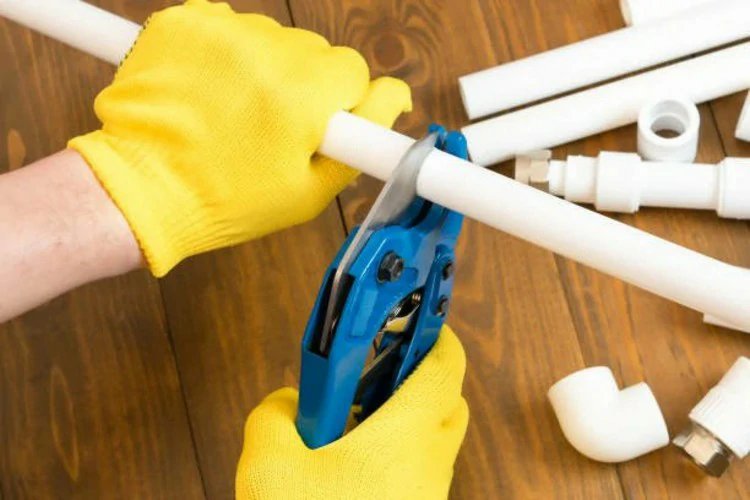
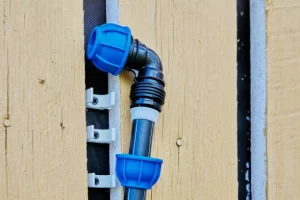
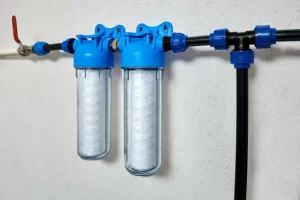
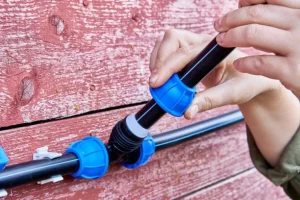
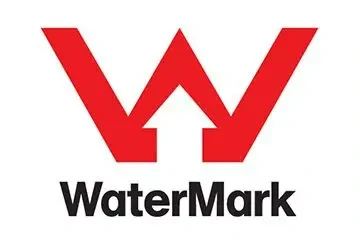

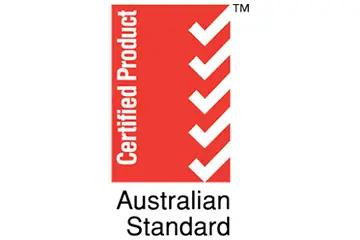
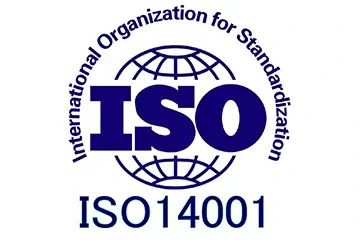




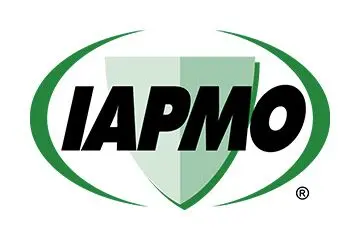
Recent Comments